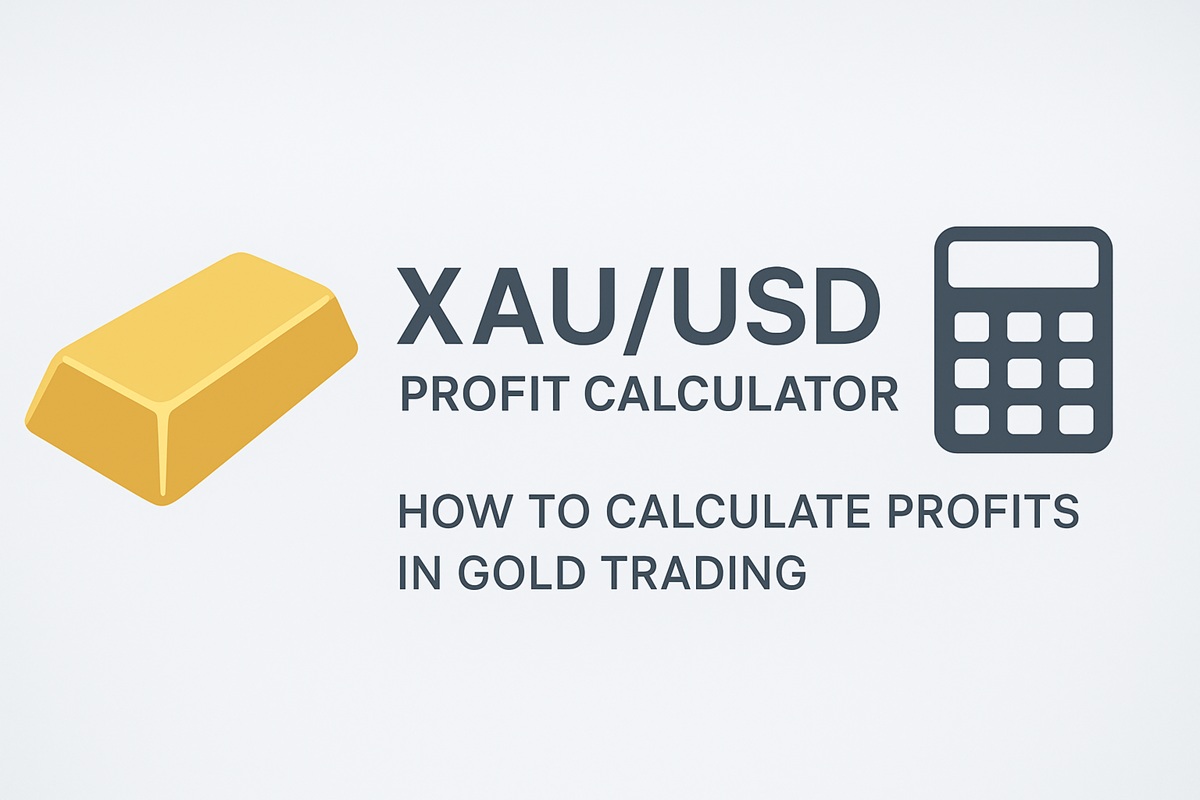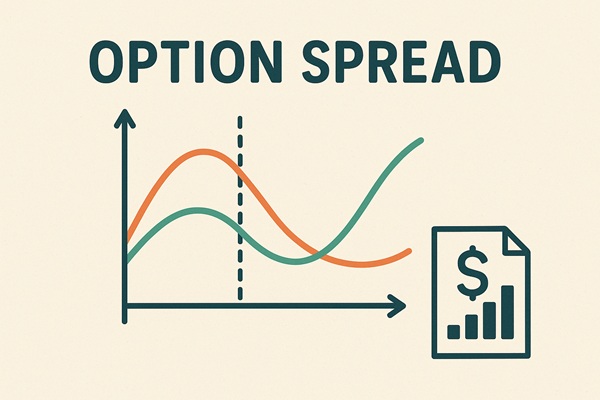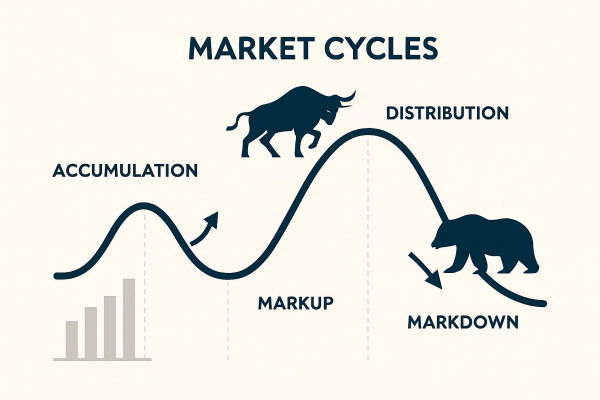XAU/USD Profit Calculator at a Glance: What It Does, Who It's For

An XAU/USD profit calculator is a specialised online tool that helps traders estimate their potential profit or loss when trading gold against the US dollar. Users simply input their entry price, exit price, position size (in lots), and account currency, and the calculator delivers the result in their preferred denomination. For instance, the Myfxbook calculator employs exactly such inputs—currency pair, account currency, trade size, open and close prices, and trade direction (buy or sell)—and returns the profit or loss by multiplying the price difference by the pip value and lot size.
It's ideal for those trading CFDs or spot contracts, particularly when planning a trade in gold (XAU/USD). It allows traders to model scenarios before execution, aligning their strategies with risk tolerance and profit objectives.
Core Features of an XAU/USD Profit Calculator
A robust XAU/USD profit calculator typically offers:
Entry and Exit Prices: The opening and closing values of your gold trade.
Trade Size (Lots): Defines how many ounces you're trading. In gold, 1.0 lot commonly equals 100 troy ounces.
Account Currency: Determines in which denomination your profit/loss is displayed (USD, EUR, GBP, etc.).
Direction (Buy/Sell): Indicates whether you expect a price rise (long) or drop (short).
Instant Profit/Loss Output: The tool calculates result instantly by factoring in price difference × pip value × lot size—all adjusted to your account currency.
This instant feedback empowers traders to test scenarios, optimise position sizes, and refine stop-loss or take-profit levels ahead of live trading.
Understanding Pip/Tick Values in the XAU/USD Profit Calculator

"Pip" in the context of gold operates slightly differently than in currency pairs. Gold is quoted to two decimal places, meaning 1 pip equals US$0.01 movement. To determine the pip value per lot:
Pip count: Subtract entry price from exit price to calculate pip difference.
Pip value formula: (0.01 ÷ gold price) × 100 = pip value in USD. For example, if gold trades at US$2.029.05. that yields:
Pip value = (0.01 / 2.029.05) × 100 ≈ US$0.0049 per pip per lot.
This value fluctuates due to changes in gold's price—lower gold prices mean higher pip value, and vice versa. Accurately computing this is fundamental to understanding precise gains or losses. Many profit calculators incorporate this mechanism automatically, simplifying your workload.
Worked Example: Calculating Profit in an XAU/USD Trade
Consider the following trade scenario:
Position Type: Long (Buy)
Instrument: XAU/USD
Lot Size: 1.00 standard lot (100 troy ounces)
Opening Price: USD 2.029.05
Closing Price: USD 2.039.05
Step 1 – Determine the Price Movement
Price movement = Closing price − Opening price
= 2.039.05 − 2.029.05
= USD 10.00
Step 2 – Calculate Profit in USD
In gold trading, one standard lot represents 100 troy ounces. The profit (or loss) is therefore calculated as:
Profit = Price movement × Contract size
= USD 10.00 × 100 oz
= USD 1.000.00
Step 3 – Account Currency Conversion (if applicable)
If the trader's account is denominated in a currency other than USD, the profit amount would be converted at the prevailing exchange rate between USD and the account currency. For example, with an account in GBP and an exchange rate of 1.2700 USD/GBP:
Profit in GBP = USD 1.000 ÷ 1.2700 ≈ GBP 787.40
Step 4 – Adjust for Transaction Costs
To reflect the actual realised profit, transaction costs such as spreads or commissions must be deducted. For example, if the broker's spread cost equates to USD 20:
Net profit = USD 1.000 − USD 20 = USD 980.00
(GBP equivalent ≈ GBP 771.65 at the same exchange rate.)
This approach aligns with the calculation logic embedded in reputable XAU/USD profit calculators, ensuring transparency and accuracy in pre-trade and post-trade performance assessment.
Best Practices When Using an XAU/USD Profit Calculator

To use the XAU/USD profit calculators responsibly:
FAQs: "Why Do P/L Results Differ Across Tools?" "Do I Count Pips or Points?"
Q1: Why do profit figures vary between calculators?
Some use the formula (price change × 100 oz)—a direct, contract-based method—while others compute pip-by-pip values based on current price and lot size. Always check the underlying formula or calculator notes.
Q2: Should I count pips or points?
For gold, one pip is $0.01 and is the smallest quoted increment—thus, "pips" and "points" are equivalent in this context.
Q3: Is pip value constant?
No, pip value fluctuates with gold price changes; lower spot prices increase pip value and vice versa.
Q4: Can I use this tool as a standalone risk manager?
It's best used as part of a broader toolkit—including position-size and margin calculators—to build comprehensive risk management strategies.
Conclusion
An XAU/USD profit calculator is a powerful ally for gold traders—helping you forecast profit and loss, comparing scenarios, and mapping stop-loss/take-profit strategies. By understanding pip conventions, contract sizes, and calculation methods, you can ensure your profit estimates are accurate and aligned with real market behaviour. Coupled with strong risk management practices, this tool can offer clarity and confidence as you trade the world's most coveted metal.
Disclaimer: This material is for general information purposes only and is not intended as (and should not be considered to be) financial, investment or other advice on which reliance should be placed. No opinion given in the material constitutes a recommendation by EBC or the author that any particular investment, security, transaction or investment strategy is suitable for any specific person.









